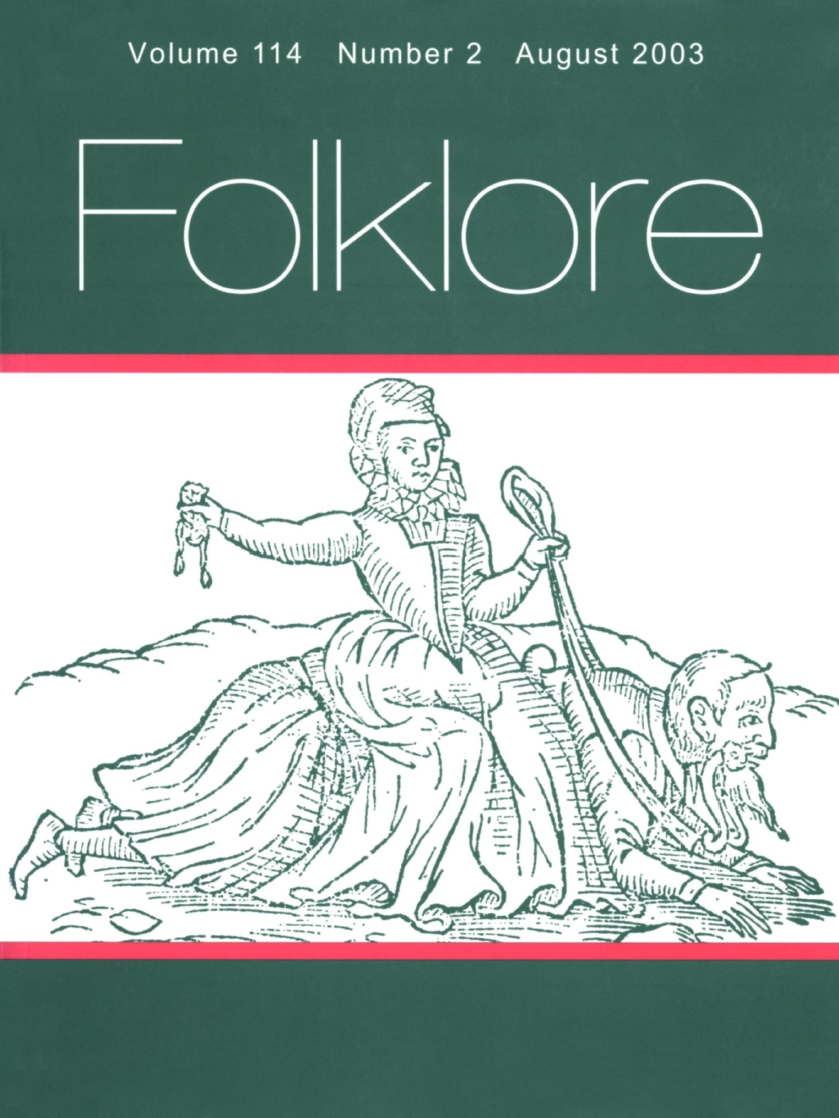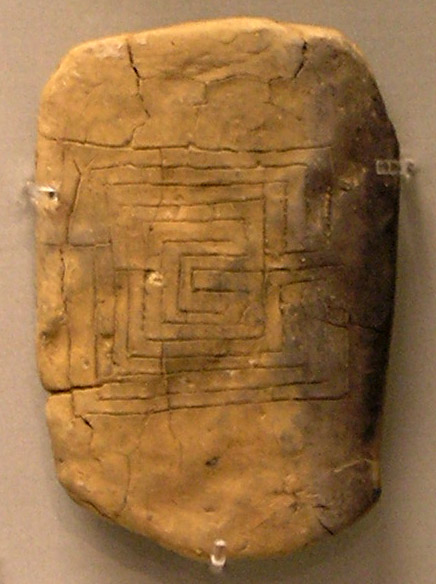|
Rhampsinitos
Rhampsinit (also called Rhampsinitos, Rhampsinitus, Rampsinitus, Rampsinit, derived from Herodotus' Greek Ῥαμψίνιτος ''Rhampsínitos'') is the hellenized name of a fictitious king (pharaoh) from Ancient Egypt. He is named by the ancient Greek historian Herodotus as a literary figure in his Historiae. There it is told that Rhampsinit was the predecessor of the legendary king Kheops. The first tale of Rhampsinit is about two thieves who rob the king until one of them dies. His brother tries to rescue the corpse and then manages to fool the king to avoid arrest. The second tale is about Rhampsinit's visit to Hades. Tales The stories of Rhampsinit are told in book 2 (chapter 121–124) and today known as ''Rhampsinit and the masterthief'' and ''Rhampsinit's visit to Hades''. Herodotus starts the story in chapter 121 with a short introduction of the king: “After Proteus, they told me, ''Rhâmpsinitós'' received in succession the kingdom, who left as a memorial of himsel ... [...More Info...] [...Related Items...] OR: [Wikipedia] [Google] [Baidu] |
Khufu
Khufu or Cheops (died 2566 BC) was an ancient Egyptian monarch who was the second pharaoh of the Fourth Dynasty of Egypt, Fourth Dynasty, in the first half of the Old Kingdom of Egypt, Old Kingdom period (26th century BC). Khufu succeeded his father Sneferu as king. He is generally accepted as having commissioned the Great Pyramid of Giza, one of the Seven Wonders of the Ancient World, but many other aspects of his reign are poorly documented.Thomas Schneider: ''Lexikon der Pharaonen''. Albatros, Düsseldorf 2002, , page 100–104. The only completely preserved portrait of the king is a Khufu Statuette, small ivory figurine found in a temple ruin of a later period at Abydos, Egypt, Abydos in 1903. All other reliefs and statues were found in fragments, and many buildings of Khufu are lost. Everything known about Khufu comes from inscriptions in his necropolis at Giza pyramid complex, Giza and later documents. For example, Khufu is the main character noted in the Westcar Papyrus ... [...More Info...] [...Related Items...] OR: [Wikipedia] [Google] [Baidu] |
Priest
A priest is a religious leader authorized to perform the sacred rituals of a religion, especially as a mediatory agent between humans and one or more deity, deities. They also have the authority or power to administer religious rites; in particular, rites of sacrifice to, and propitiation of, a deity or deities. Their office or position is the "priesthood", a term which also may apply to such persons collectively. A priest may have the duty to hear confessions periodically, give marriage counseling, provide prenuptial counseling, give spiritual direction, teach catechism, or visit those confined indoors, such as the sick in hospitals and nursing homes. Description According to the trifunctional hypothesis of prehistoric Proto-Indo-European society, priests have existed since the earliest of times and in the simplest societies, most likely as a result of agricultural surplus#Neolithic, agricultural surplus and consequent social stratification. The necessity to read sacred text ... [...More Info...] [...Related Items...] OR: [Wikipedia] [Google] [Baidu] |
Kings Of Egypt In Herodotus
Kings or King's may refer to: *Kings: The sovereign heads of states and/or nations. *One of several works known as the "Book of Kings": **The Books of Kings part of the Bible, divided into two parts **The ''Shahnameh'', an 11th-century epic Persian poem **The Morgan Bible, a French medieval picture Bible **The Pararaton, a 16th-century Javanese history of southeast Asia *The plural of any king Business * Kings Family Restaurants, a chain of restaurants in Pennsylvania and Ohio * Kings Food Markets, a chain supermarket in northern New Jersey * King's Favourites, a brand of cigarettes *King's Variety Store, a chain of stores in the USA *King's (defunct discount store), a defunct chain of discount stores in the USA Education *King's College (other), various colleges * King's School (other), various schools * The King's Academy (other), various academies Electoral districts *King's (New Brunswick federal electoral district) (1867–1903) * Kings (Nova S ... [...More Info...] [...Related Items...] OR: [Wikipedia] [Google] [Baidu] |
Folkloristics
Folklore studies (also known as folkloristics, tradition studies or folk life studies in the UK) is the academic discipline devoted to the study of folklore. This term, along with its synonyms, gained currency in the 1950s to distinguish the academic study of traditional culture from the Cultural artifact, folklore artifacts themselves. It became established as a field across both Europe and North America, coordinating with (German language, German), (Norwegian language, Norwegian), and (Swedish language, Swedish), among others. Overview A 1982 UNESCO document titled "Recommendation on the Safeguarding of Traditional Culture and Folklore" declared a global need to establish provisions protecting folklore from varying dangers identified in the document. UNESCO further published the Convention for the Safeguarding of the Intangible Cultural Heritage in 2003. The American Folklife Preservation Act (P.L. 94-201) passed in 1976 by the United States Congress in conjunction with ... [...More Info...] [...Related Items...] OR: [Wikipedia] [Google] [Baidu] |
Allusion
Allusion, or alluding, is a figure of speech that makes a reference to someone or something by name (a person, object, location, etc.) without explaining how it relates to the given context, so that the audience must realize the connection in their own minds. When a connection is directly and explicitly explained (as opposed to indirectly implied), it is instead often simply termed a reference. In the arts, a literary allusion puts the alluded text in a new context under which it assumes new meanings and denotations. Literary allusion is closely related to parody and pastiche, which are also "text-linking" literary devices.Ben-Porot (1976) pp. 107–8 quotation: In a wider, more informal context, an allusion is a passing or casually short statement indicating broader meaning. It is an incidental mention of something, either directly or by implication, such as "In the stock market, he met his Waterloo." Scope of the term In the most traditional sense, ''allusion'' is a liter ... [...More Info...] [...Related Items...] OR: [Wikipedia] [Google] [Baidu] |
Pausanias (geographer)
Pausanias ( ; ; ) was a Greek traveler and geographer of the second century AD. He is famous for his '' Description of Greece'' (, ), a lengthy work that describes ancient Greece from his firsthand observations. ''Description of Greece'' provides crucial information for making links between classical literature and modern archaeology, which is providing evidence of the sites and cultural details he mentions although knowledge of their existence may have become lost or relegated to myth or legend. Biography Nothing is known about Pausanias apart from what historians can piece together from his own writing. However, it is probable that he was born into a Greek family and was probably a native of Lydia in Asia Minor. From until his death around 180, Pausanias travelled throughout the mainland of Greece, writing about various monuments, sacred spaces, and significant geographical sites along the way. In writing his '' Description of Greece'', Pausanias sought to put together ... [...More Info...] [...Related Items...] OR: [Wikipedia] [Google] [Baidu] |
Morris Silver
Morris may refer to: Places Australia *St Morris, South Australia, place in South Australia Canada * Morris Township, Ontario, now part of the municipality of Morris-Turnberry * Rural Municipality of Morris, Manitoba ** Morris, Manitoba, a town mostly surrounded by the municipality * Morris (electoral district), Manitoba (defunct) * Rural Municipality of Morris No. 312, Saskatchewan United States ;Communities * Morris, Alabama, a town * Morris, Connecticut, a town * Morris, Georgia, an unincorporated community * Morris, Illinois, a city * Morris, Indiana, an unincorporated community * Morris, Minnesota, a city * Morristown, New Jersey, a town * Morris (town), New York ** Morris (village), New York * Morris, Oklahoma, a city * Morris, Pennsylvania, an unincorporated community * Morris, West Virginia, an unincorporated community * Morris, Kanawha County, West Virginia, a ghost town * Morris, Wisconsin, a town * Morris Township (other) ;Counties and other ... [...More Info...] [...Related Items...] OR: [Wikipedia] [Google] [Baidu] |
Fable
Fable is a literary genre defined as a succinct fictional story, in prose or verse, that features animals, legendary creatures, plants, inanimate objects, or forces of nature that are anthropomorphized, and that illustrates or leads to a particular moral lesson (a "moral"), which may at the end be added explicitly as a concise maxim or saying. A fable differs from a parable in that the latter ''excludes'' animals, plants, inanimate objects, and forces of nature as actors that assume speech or other powers of humankind. Conversely, an animal tale specifically includes talking animals as characters. Usage has not always been so clearly distinguished. In the King James Version of the New Testament, "" ("'' mythos''") was rendered by the translators as "fable" in the First Epistle to Timothy, the Second Epistle to Timothy, the Epistle to Titus and the First Epistle of Peter. A person who writes fables is referred to as a fabulist. Global history The fable is one of the m ... [...More Info...] [...Related Items...] OR: [Wikipedia] [Google] [Baidu] |
Demotic Greek
Demotic Greek (, , , ) is the standard spoken language of Greece in modern times and, since the resolution of the Greek language question in 1976, the official language of Greece. "Demotic Greek" (with a capital D) contrasts with the conservative Katharevousa, which was used in formal settings, during the same period. In that context, Demotic Greek describes the specific non-standardized vernacular forms of Greek used by the vast majority of Greeks during the 19th and 20th centuries. As is typical of diglossic situations, Katharevousa and Demotic complemented and influenced each other. Over time, Demotic became standardized. In 1976, it was made the official language of Greece. It continued to evolve and is now called Standard Modern Greek. The term "demotic Greek" (with a minuscule d) also refers to any variety of the Greek language which has evolved naturally from Ancient Greek and is popularly spoken. Basic features Demotic Greek differs in a few ways from Ancient Greek ... [...More Info...] [...Related Items...] OR: [Wikipedia] [Google] [Baidu] |
Satire
Satire is a genre of the visual, literary, and performing arts, usually in the form of fiction and less frequently non-fiction, in which vices, follies, abuses, and shortcomings are held up to ridicule, often with the intent of exposing or shaming the perceived flaws of individuals, corporations, government, or society itself into improvement. Although satire is usually meant to be humorous, its greater purpose is often constructive social criticism, using wit to draw attention to both particular and wider issues in society. Satire may also poke fun at popular themes in art and film. A prominent feature of satire is strong irony or sarcasm—"in satire, irony is militant", according to literary critic Northrop Frye— but parody, burlesque, exaggeration, juxtaposition, comparison, analogy, and double entendre are all frequently used in satirical speech and writing. This "militant" irony or sarcasm often professes to approve of (or at least accept as natural) th ... [...More Info...] [...Related Items...] OR: [Wikipedia] [Google] [Baidu] |






